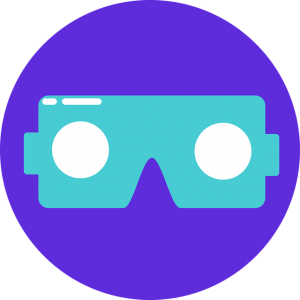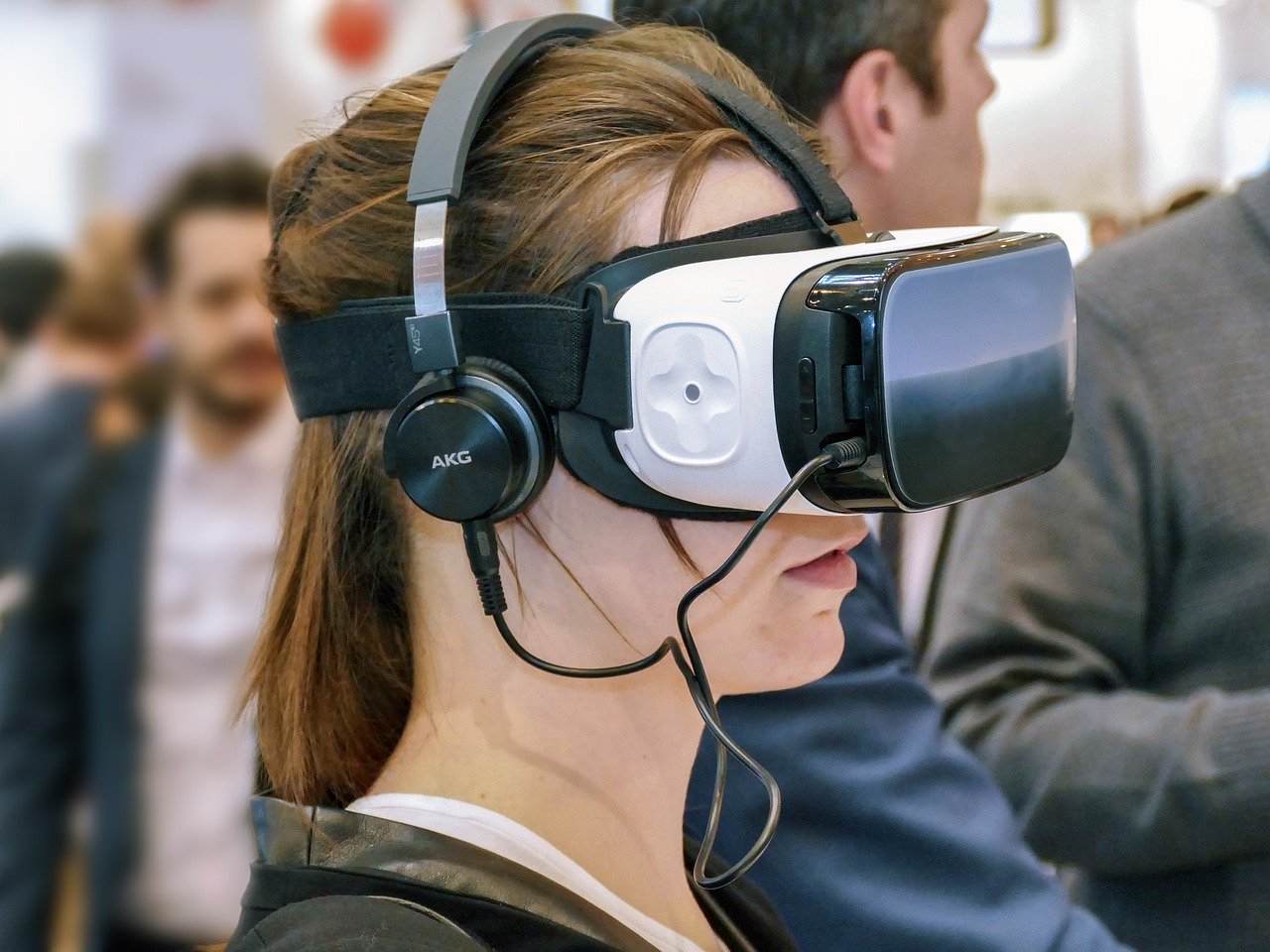Oculus Rift S in test: Successful VR model maintenance
The Oculus Rift S follows in big footsteps. In the test we show why the VR headset more than fills them.
Not a new generation, but at least a new model: The Oculus Rift S makes testers suspicious whether Oculus might be neglecting the PC market and prefer to rely on stand-alone devices like the Oculus Go (Test) or the Oculus Quest (Advisor).
These fears are unfounded, as our test in our VR theme world shows. For an ocolus test in combination with VR porn, read the article at VRPORNSTREAM.
Technical data
So what has changed with the Rift S? Oculus did some internal model maintenance and turned a few set screws. This concerns the resolution. It has increased to 1280 × 1440 pixels per eye. Thus, the VR glasses jump from Full HD (Rift) to 1440p (Rift S). The refresh rate is 80 Hz, the predecessor still managed a maximum of 90 Hz. The field of vision is comparable to the 110 degrees of the predecessor, unfortunately Oculus doesn’t provide any data for this. We would assess it similarly in a direct comparison. Really interesting is that the AMOLED displays of the first Rift have been replaced by normal LCDs. We thought that this point would bother us the most, in fact we haven’t noticed any major loss of perception in any game. Similar to TVs, it’s different when you have both headsets directly compared, but if you “only” know the Rift S, you don’t have any major drawbacks.
The biggest advantage is that the Rift S will in future rely on inside-out tracking. As with Windows Mixed Reality Headsets (topic page) or the Oculus Quest (guidebook), no external sensors are necessary anymore, this task is done by cameras inside the headset. This makes the headset minimally heavier, the Rift S weighs 559 g without cable (Rift: 470 g)
Scope of delivery
 The carton of the Rift S is much more compact than the packaging of the first Rift. No wonder, after all, it no longer requires external sensors. The package contains the headset itself, the two controllers and some reading material and cables. No surprises, but also nothing that we would have missed.
The carton of the Rift S is much more compact than the packaging of the first Rift. No wonder, after all, it no longer requires external sensors. The package contains the headset itself, the two controllers and some reading material and cables. No surprises, but also nothing that we would have missed.
Structure
Compared to the classic Oculus Rift, the build-up is much faster. This is mainly due to inside-out tracking. Two cameras in the headset do the tracking and constantly calculate the position of the headset in the room as well as the position of the two controllers. This makes the setup pleasantly simple: Guided by the software wizard, you first set up the connections on the headset and then couple the two controllers. Then you put the headset on and can see the surroundings in grayscale through the two cameras. So you can easily define the playing field and see exactly how much space you have. Because the Guardian system known from the previous model is also on board the Rift S: If the playing field is marked, you can see a virtual boundary within the VR headset. If you move outside this boundary, a grid appears in the game. This prevents you from hitting tables and the like. On the right side you can see one of the five tracking cameras.
- The Oculus software has hardly changed. First you download a small launcher, where you log in.
- As usual you get a few free games, among them the fun shooter Robo Recall.
- And, as before, you can still use the VR games from Steam. But if in doubt you have to do a setup again in Steam-VR.
- In the test it also helped to restart the PC after the complete setup.
- Before, the two VR systems of Oculus and Steam were a bit in the way, but after the reboot we could start games in Steam-VR and use them in Oculus without any problems.
Wearing comfort
Before use, the headset must be adjusted for each user and moved back and forth properly on the head until the image is sharp in both eyes. Once that happened, we wore the Rift S comfortably even during longer sessions. The only annoying thing is that the headset cannot be folded away separately from the headband, as is the case with Windows Mixed Reality headsets.
The two controllers haven’t changed and continue to sit comfortably in the hand. But they are a bit slippery. For fast games like Beat Saber, we would recommend taping the battery compartment on the back with some tape, which gives a better grip.

Immersion
Immersion is still good, the new LC displays do a clean job. Despite a lower Hz number, we didn’t have any problems while playing. It also seems as if the software is better overall. Because even with games like Borderlands 2 VR or Spider-Man: Far from Home, we didn’t feel any nausea. Yeah, we did get a little dizzy from time to time, but that’s okay when you’re swinging through the Manhattan canyons. Reaction games like Space Pirate Trainer or Beat Saber also work perfectly. Tracking with the Rift S and the two controllers was not a problem in either game. Yes, the headset might lose the controllers if you hold them far behind your back – but that also happens with the original, for example if you turn away from the sensors.
There has also been a change in the sound. The side headphones have disappeared, they are now invisibly integrated. On the other hand, the sound is very good and has a surprising amount of richness. On the left side of the headset is a jack plug into which you can connect a headset. We had placed the gaming headset Razer Kraken Pro V2 (test report) over the temples of the VR headset in the test, and it was surprisingly comfortable to wear.
Price
The Oculus Rift S does not yet have any bundles with games. However, the headset appears again and again in price campaigns, so that it is partly available for less than 400 euro.
